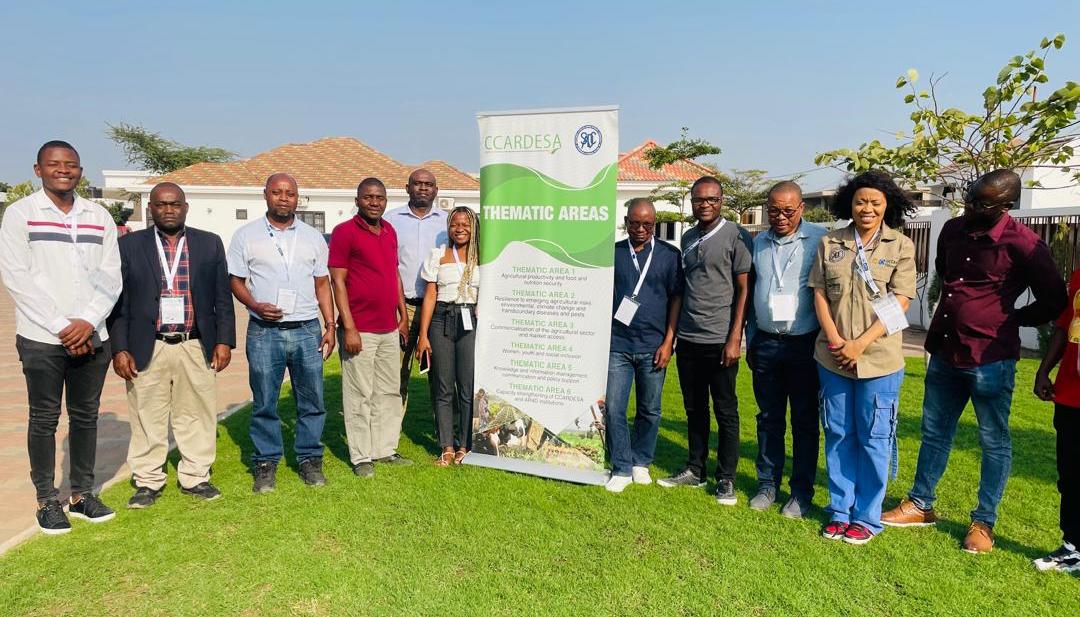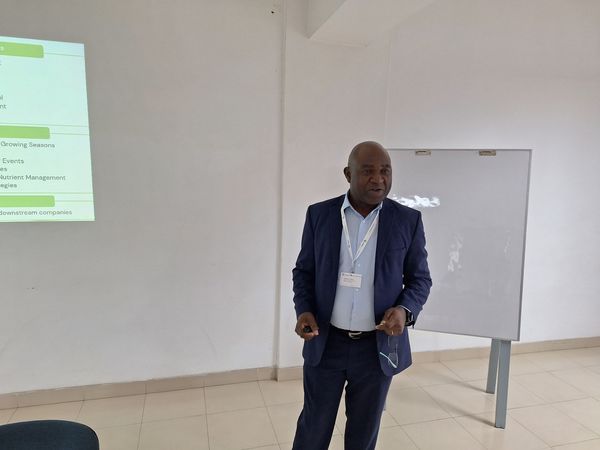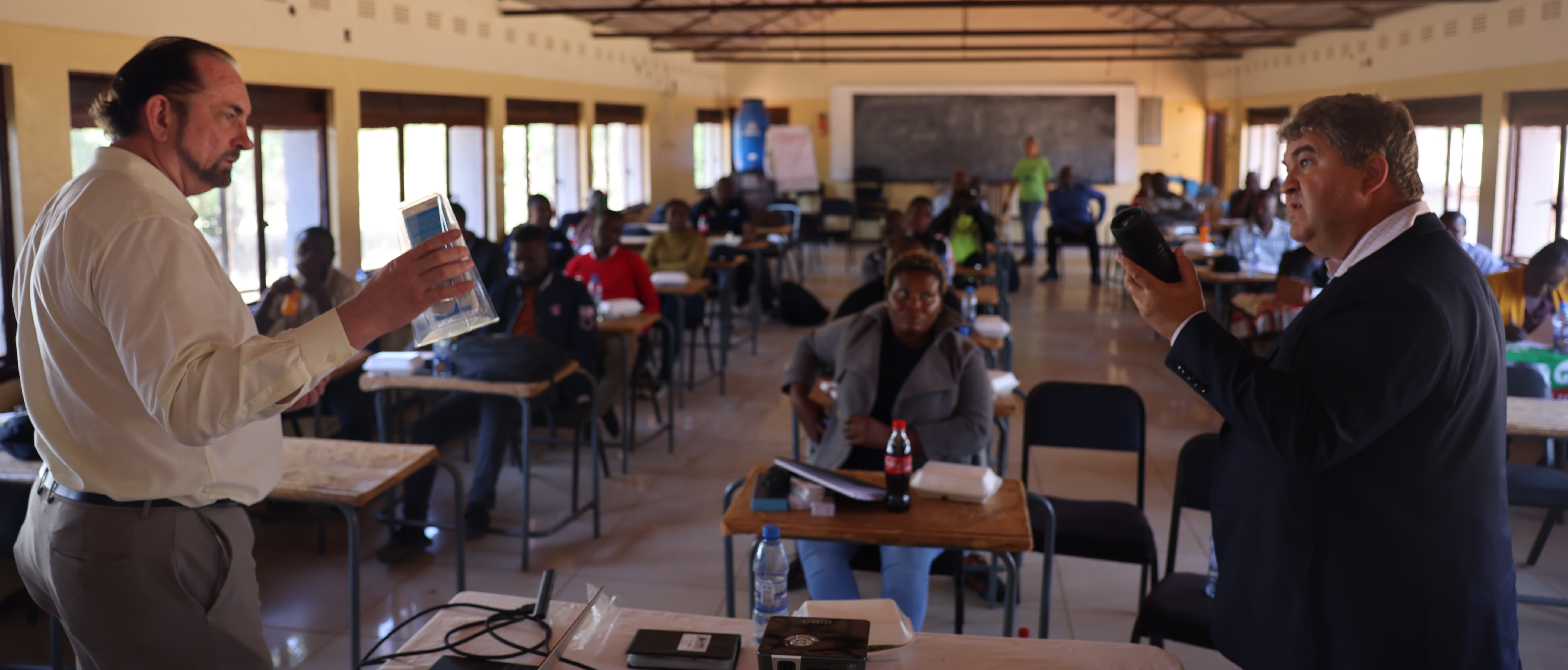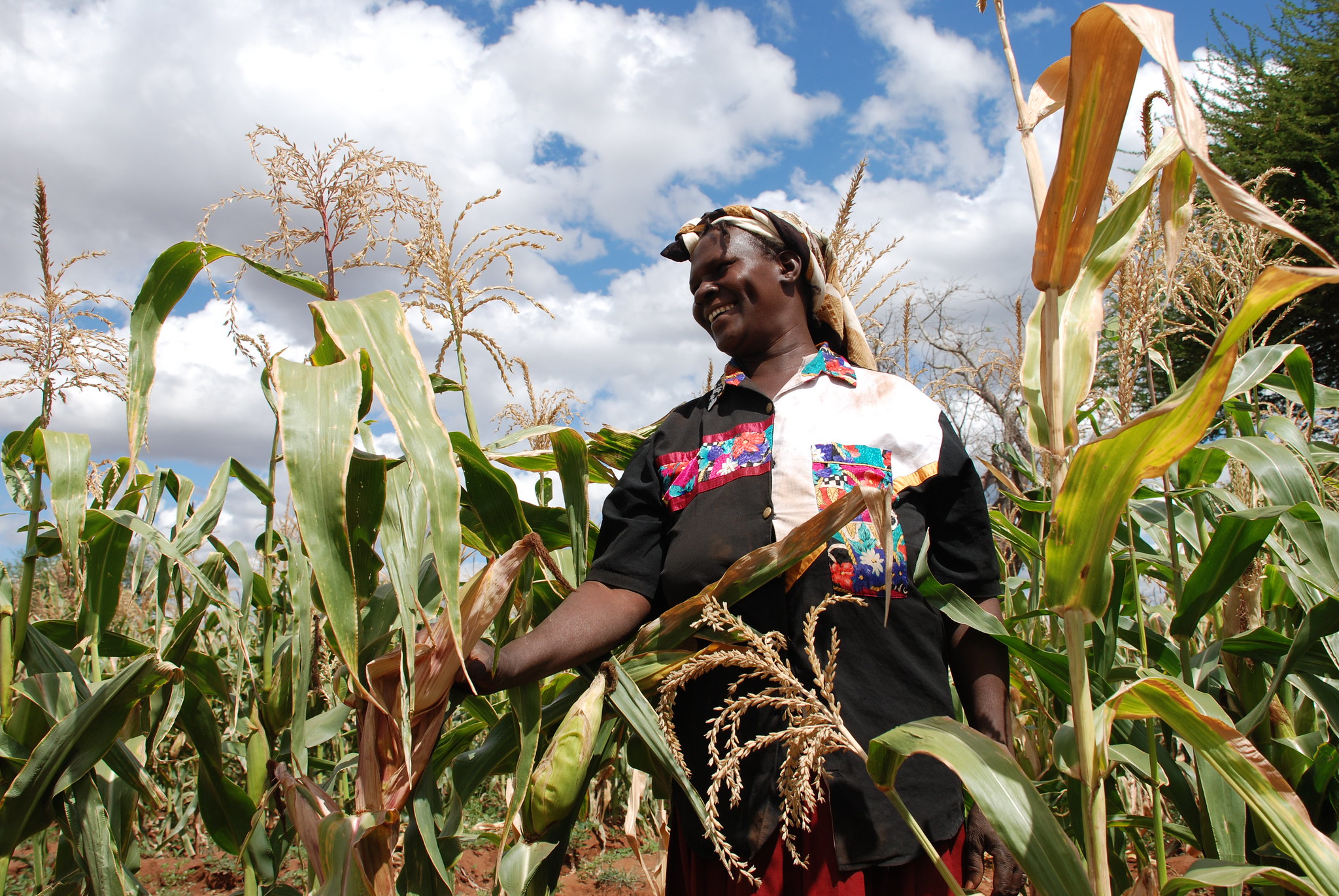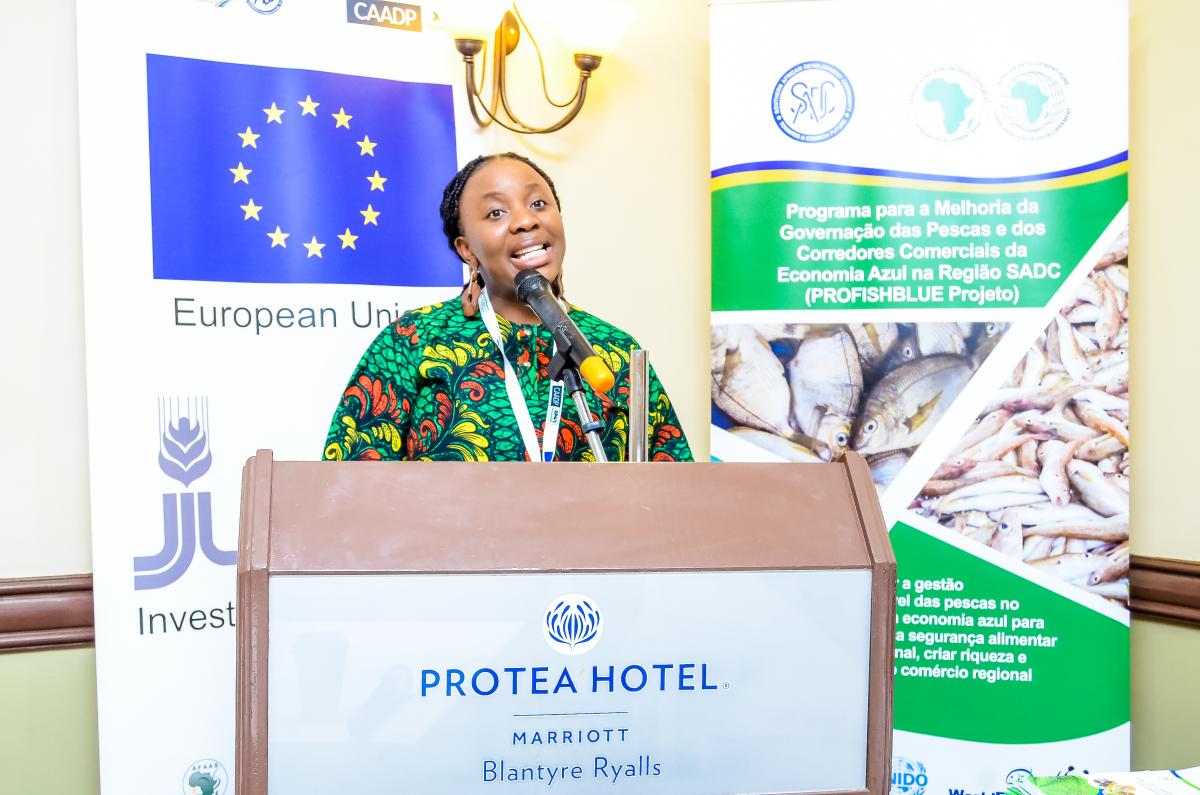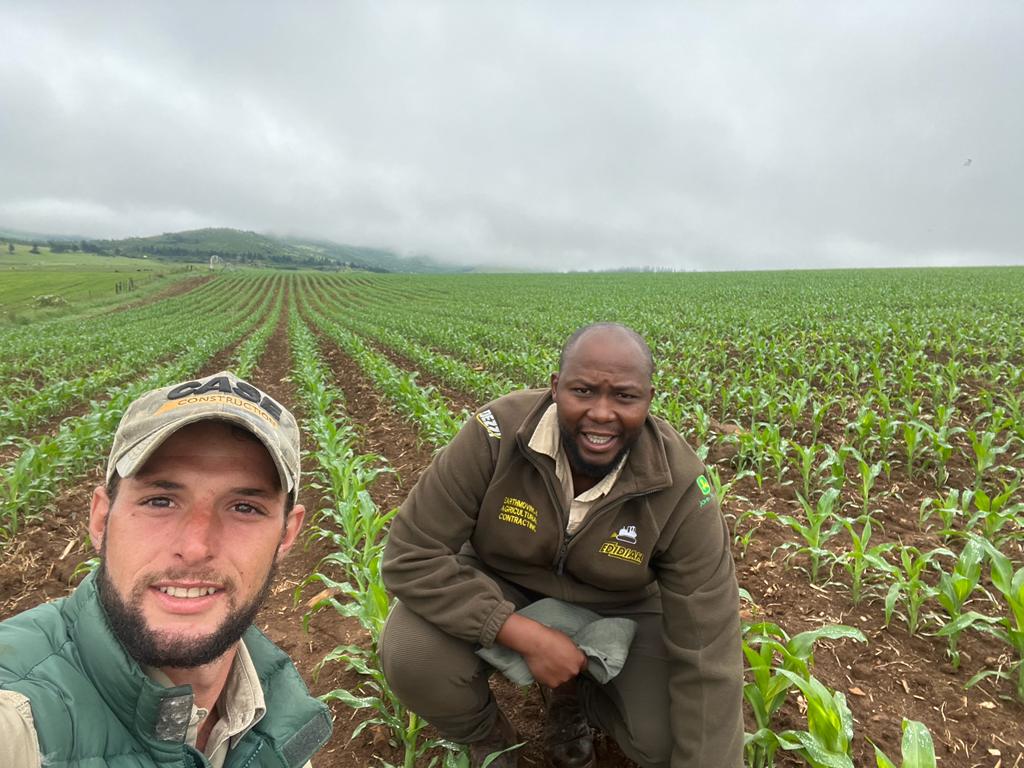Taking Forward the Implementation of Tanzania Climate Smart Agriculture – Framework Programme
CSA Programme in Tanzania The Vision is “Agricultural sector that sustainably increases productivity enhances climate resilience and food security for the national economic development in line with Tanzania Vision 2025”. Objectives 1. Increase productivity of the agricultural sector through (appropriate) climate smart agriculture practices that consider gender. 2. Enhance climate resilience of agricultural and food systems.
Agriculture
Food Security
Tanzania, 2015. Taking Forward the Implementation of Tanzania Climate Smart Agriculture - Framework Programme.


